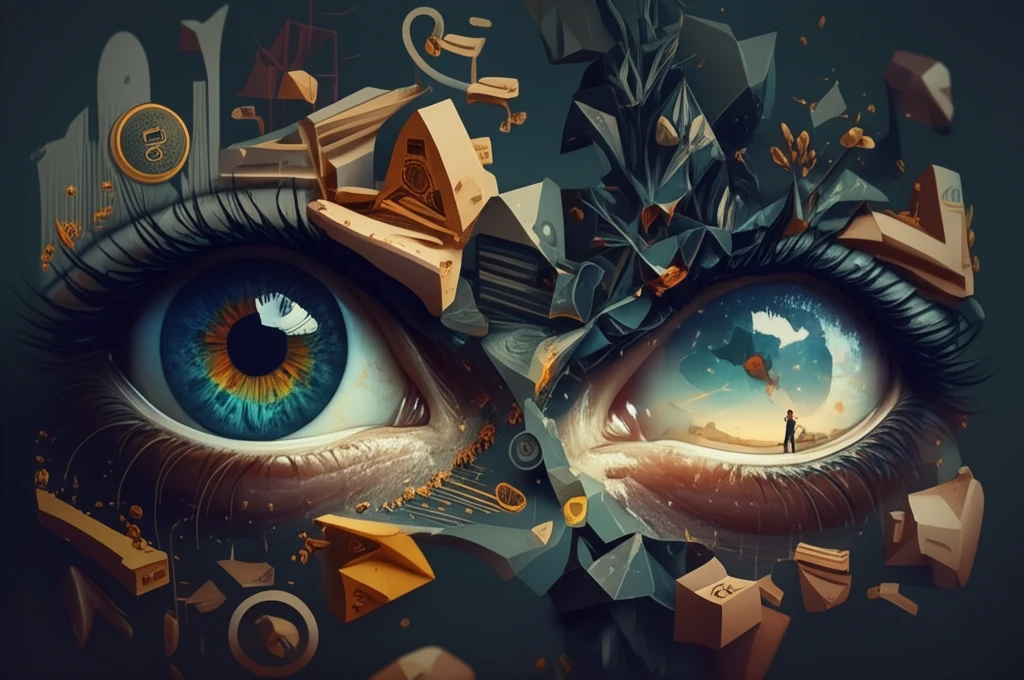
Is Your Gaze Deceiving You? How Stereoscopic Vision Affects Social Perception
"Uncover the surprising ways 3D vision and emotional cues influence how we perceive eye contact and social interactions."
Gaze perception is crucial for social interactions, influencing how we understand attention, emotions, and intentions. Most studies use monoscopic (2D) images, but these don't fully replicate real-life viewing conditions. In the real world, our eyes perceive slightly different images, a phenomenon known as stereoscopic vision (3D), which can affect how we interpret social cues.
A recent study published in the Journal of Vision sheds light on the differences between monoscopic and stereoscopic gaze perception. Researchers Jussi Hakala, Jari Kätsyri, Tapio Takala, and Jukka Häkkinen investigated how interaxial distance (the distance between the viewpoints of two cameras capturing a 3D image) and emotional facial expressions influence our perception of gaze. Their findings reveal surprising insights into how we interpret social cues in three dimensions.
This article breaks down the study's key findings, explaining how stereoscopic vision changes our understanding of eye contact and emotional expressions. By exploring these insights, we can better understand the complexities of social perception and improve our interactions in everyday life.
Monoscopic vs. Stereoscopic Vision: What's the Difference in Gaze Perception?

In the world of visual perception, there's a significant difference between how we see in two dimensions (monoscopic) and three dimensions (stereoscopic). Monoscopic vision, like looking at a photograph, presents the same image to both eyes. Stereoscopic vision, on the other hand, uses the slight difference between the images seen by each eye to create a sense of depth and realism. This difference has profound implications for how we perceive gaze.
- Monoscopic Vision: Presents the same image to both eyes, often used in photographs and 2D displays.
- Stereoscopic Vision: Presents slightly different images to each eye, creating a sense of depth and realism, mimicking real-life vision.
- Interaxial Distance: The distance between the viewpoints of two cameras capturing a 3D image, influencing the perceived depth and realism of the scene.
The Future of Gaze Perception Research
Understanding how we perceive gaze in both monoscopic and stereoscopic conditions is crucial for creating more realistic and engaging virtual experiences. As technology advances, and as virtual and augmented reality become more prevalent, accounting for the nuances of stereoscopic vision will be essential for designing socially intelligent systems. The research highlighted here underscores the complexities of social perception and paves the way for future investigations into the neural mechanisms underlying these processes.
